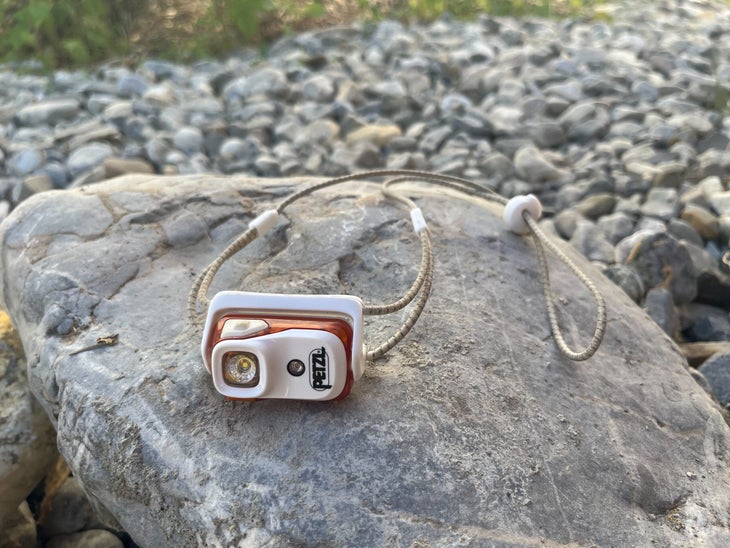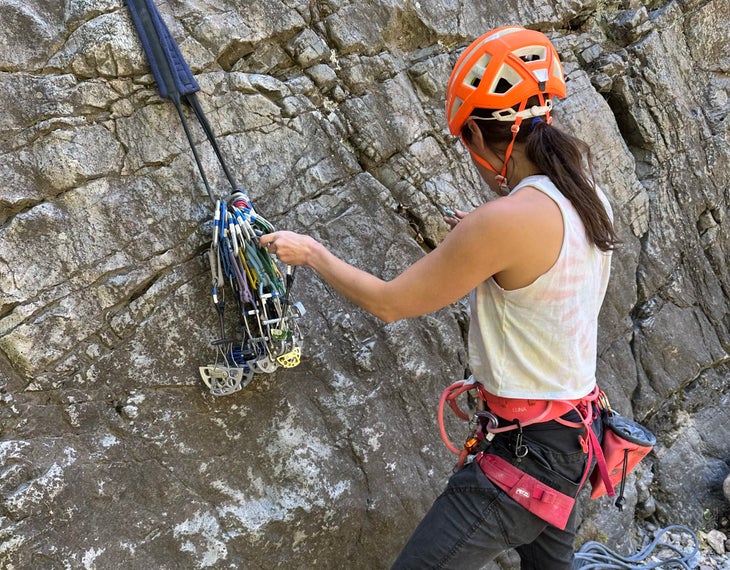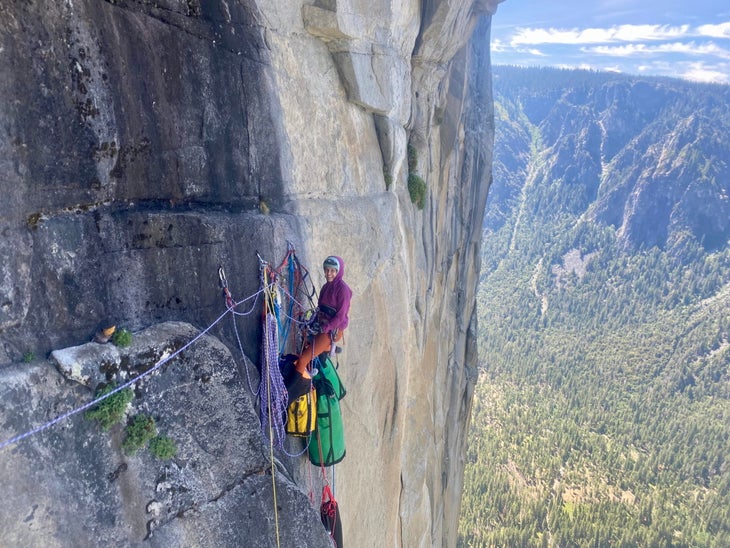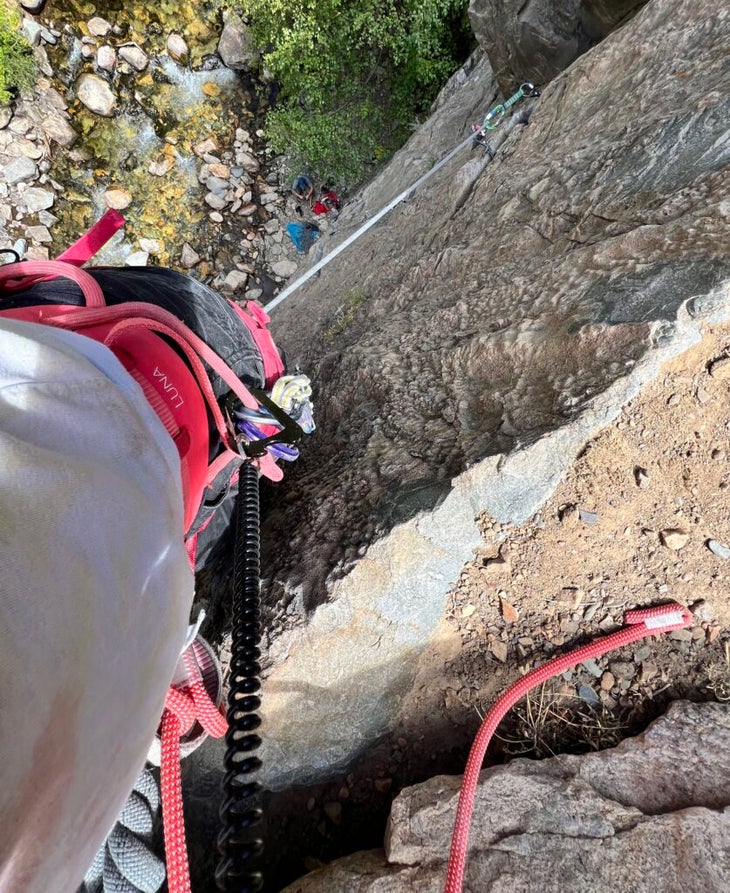Heading out the door? Read this article on the new Outside+ app available now on iOS devices for members! Download the app.
It’s been hot, and we’ve been climbing. In August, our editors sent offwidths in the heat, cooled off on creekside trad routes, trained in the gym, and got back out there post-injury. This month, we tried out new gear and continued testing equipment we love in new settings. This is the favorite gear of Climbing editors for August 2025.
Petzl Bindi Headlamp

I bought Petzl’s microscopic Bindi headlamp because I was nervous—nervous about being on a big climb and dropping my headlamp at a bivy or while climbing through the night. My friend, who is a big fan of committing multi-day missions, told me I was sketchy to only climb with one. I heard his point, but deflected. Two is too heavy, and headlamps are expensive. He whipped the Bindi out of his pocket. I no longer had an excuse.
The Bindi clocks in at $45, 35 grams, and 200 lumens. The thin elastic head strap has a nearly negligible volume, and the main body is comparable to two lighters side by side. The beam rotates generously—nearly 360 degrees. And on its lowest white-light setting, this light will burn for 50 hours. The Bindi is rechargeable without any removable batteries, meaning you need to bring a power bank (or a second headlamp) if going for multiple days. As a result, it’s not the most powerful or longest-lasting headlamp I have ever used, but it’s perfect for after-work climbs and as an insurance policy on bigger outings. —Anthony Walsh, Senior Editor
Petzl Dual Connect Adjust

Before I loved this particular personal anchor system (PAS) from Petzl, I was a dedicated user of the Petzl Connect Adjust. The shortfall of that PAS is that if you want to use the Connect Adjust to extend a rappel but also as your PAS, you need two or a different system for extending your rappel. When I saw the Dual Connect Adjust ($79.95) at my local gear store, I bought one for my husband and began “borrowing” it (let’s be real: it’s mine now). I love that I can now use one PAS to both clean an anchor and simultaneously set up an extended rappel. Petzl also makes this PAS with dynamic rope so you can safely shock load it with a small fall (as long as the fall factor is <1). I’ve used it for cleaning single-pitch climbs, but it’s really ideal for multi-pitch rappels. —Maya Silver, Editor-in-Chief
Shop Petzl Dual Connect Adjust
Fanny Pack

A lightweight fanny pack is my number-one climbing accessory for multi-pitch and big walls. I don’t often find it on gear checklists, but I rarely head out on a big adventure without it. Having access to my phone, chapstick, and even a snack in a pouch above my harness, at my waist, is so much more comfortable than storing those items in my pants pockets, where I can’t easily see them. When I’m belaying, for example, I can unzip the fanny pack and check the topo map on my phone’s lock screen without actually taking it out of the pack.
Recently, it’s also been useful for holding my phone and keys when I’m running in Moab, especially when I’m wearing shorts without pockets. The exact brand of fanny pack doesn’t really matter, but I prefer a low-volume, lightweight one that’s tall enough to hold my phone, like this one-liter pack from Fjallraven ($45). —Sam MacIlwaine, Associate Editor
Phone Tether for Climbing

I’ve never dropped my phone from the anchor, but a fear of doing so usually precludes me from climbing with my phone. That’s sometimes a bummer if the view from the anchor is worth remembering. So when our video editor at Outside told me about these phone lanyards ($13.99), I was stoked to try out a klutz-proof way of climbing with my phone on board. This handy lanyard mounts under your case and connects to a bungee cord and carabiner. I usually clip the carabiner to my back gear loop. These come in packs of two so you can gift one to your partner, too. —Maya Silver, Editor-in-Chief